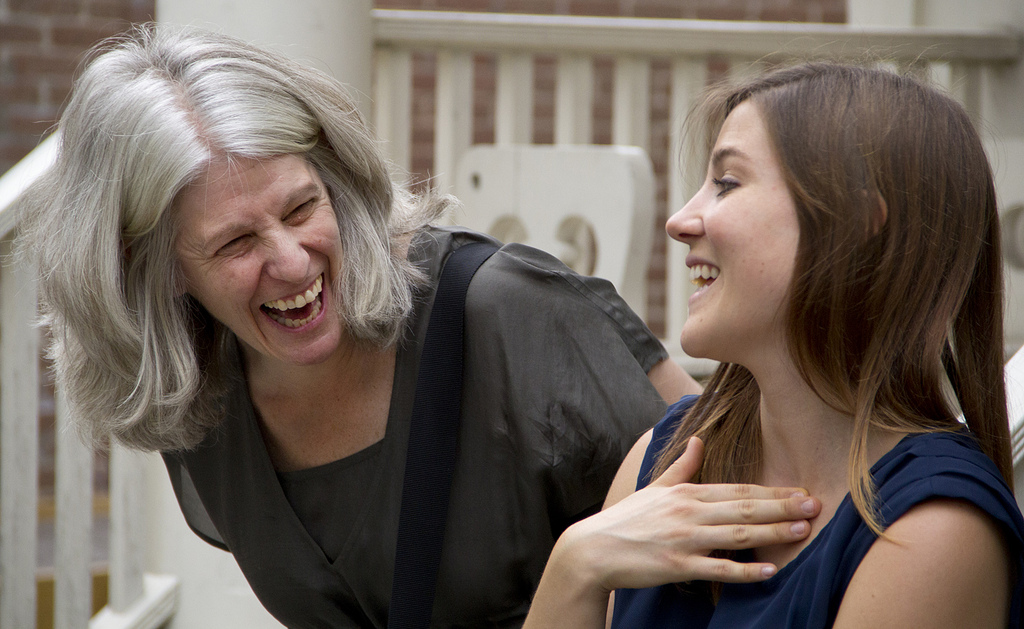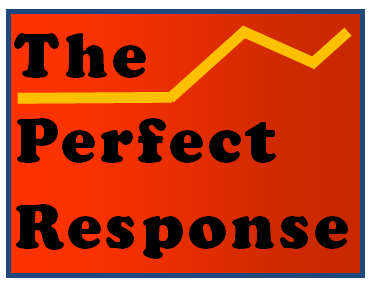Various forms of popular software have narrowed the parameters of personal growth.
Last week I approached a recruiter from a local college steeped in the Liberal Arts: the same institution I worked at for many years. She was staffing a table at a local street fair, and was in the midst of a conversation with a prospect–I’m guessing a high school junior or senior–trying to entice him to visit the campus. She offered him some free stuff, and he did help himself to a bottle of hand sanitizer. But he was not interested in the slick and college magazine that included articles on recent student work and experiences. She tried a couple of times to give him a copy. But without a pause or any sense of irony, he said he wasn’t interested. “I don’t like to read,” he noted.
Are there Navy Seals who can’t swim? Any doctors who faint at the sight of blood? I suppressed a grimace after hearing the prospect’s response. It was no longer my job to query his apparent shallowness. Even so, his response was a reminder that there are sometimes conversations I’m sorry to have overheard.
Luckily, there are still of adolescents who are voracious readers. But the young man at the booth represented a larger pattern that might be found in the many disengaged adolescents who pull back from the busy and demanding world, settling in to their own digital refuges of screens and games. Today, kids spend hours gazing into the small screen on a hand, or parked in a game nest they’ve created in their bedroom. It is little wonder that some now have less interest to pursue the endless storehouses of American culture offered on printed pages or their pixel equivalents. One sign of this extended adolescence was reported a few years ago by researcher Sherry Turkle, who documented the experiences of teachers who often find kids who “tend to respond like younger children.” As one teacher noted, “Twelve-year-olds play on the playground like-eight-year-olds. They don’t seem able to put themselves in the places of other children.” Has the game chair replaced the more communal space of a grass playing field?
 The growth of technology for communication at a distance allows a person to grow comfortable with digital isolation. But it comes at a price we all have to pay. The gamer cum intelligence leaker Jack Teixeira followed what is becoming a familiar pattern of the withdrawal of some young males from a balanced life. He was a member of the Air National Guard, but reportedly found his personal niche playing online games, and trying to be what the Washington Post described as a “commanding persona online.” We now know that his desire to make his mark—even at a distance—involved passing on a trove of U.S. secrets. His distorted way to dramatize his worth required no social skills, and apparently no sense of connectedness and responsibility to the people damaged by his intelligence leaks. All he needed was a video monitor facing a plush game chair a few feet away.
The growth of technology for communication at a distance allows a person to grow comfortable with digital isolation. But it comes at a price we all have to pay. The gamer cum intelligence leaker Jack Teixeira followed what is becoming a familiar pattern of the withdrawal of some young males from a balanced life. He was a member of the Air National Guard, but reportedly found his personal niche playing online games, and trying to be what the Washington Post described as a “commanding persona online.” We now know that his desire to make his mark—even at a distance—involved passing on a trove of U.S. secrets. His distorted way to dramatize his worth required no social skills, and apparently no sense of connectedness and responsibility to the people damaged by his intelligence leaks. All he needed was a video monitor facing a plush game chair a few feet away.
As researchers like Turkle, Jaron Lanier have noted, we are delaying or destroying the natural curve of human development by allowing children to park in adolescence as gamers and fantasists. Many are able to stay in their own heads rather than engage in relationships they will need to fully mature. In what was once a language used to assess social isolation in early childhood, their “play” is typically more “parallel” than “interactive.” Computer software rather than human institutions are setting up the parameters of their attention. Eye-hand coordination matters more than empathy; they are of the world rather than in it. And this narrow zone of existence is self-perpetuating, especially in the awkward years, when it is easier to find meaning in mechanical or electrical systems rather than the open spaces of human experience.
![]()


 A person with high social intelligence has a set of ‘antennae’ that can be a guide for behavior that will give another more comfort than pain.
A person with high social intelligence has a set of ‘antennae’ that can be a guide for behavior that will give another more comfort than pain.
